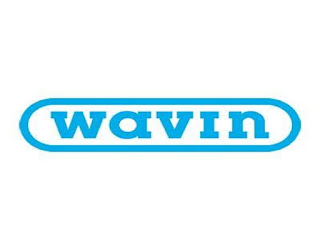Types Of Plumbing Traps Used for Water Drainage
2. P traps: Prevention of foul air leakage and retention of water in the drainage system is achieved by the P trap, which, as its name suggests, is shaped like the alphabet ‘P’ of the English language. The S trap is a variant of the P trap and is shaped like the alphabet S, serving the same function as the P trap, and installed in case of the outlet being located on the floor.
3. Sand traps: In the drainage networks for sewage mains and on common roads, the traps that are installed are called sand traps. These are used to filter out the sand and other debris from the surface runoff that accumulates on roads and pavements. Sand traps are also used in rainwater and stormwater management and wastewater recycling systems.
4. Gully traps: For the drainage of wastewater, gully traps are also used. They are installed at a slightly lower level than the surface to allow for smooth drainage by action of gravity. These gully traps prevent the accumulation of debris and their flow into the main sewage system. Gully traps also prevent the leak of foul odour. Grating is often also provided above the gully traps to retain all the solid waste.
5. Bottle traps: For smaller plumbing fixtures such as basin taps and kitchen sink taps, a bottle trap is used to prevent the inflow of small debris that may be present in the inflowing water, especially where hard calcinated salts are present.
6. Intercepting traps: At the junction of the connection of the individual drainage or sewage line to the main sewage network, what are known as intercepting traps are used to prevent the entry of foul gases into the individual lines.
For the best sand traps and other plumbing traps, get the innovative and advanced solutions from Wavin, the global leader for water supply and water management systems.



Comments
Post a Comment